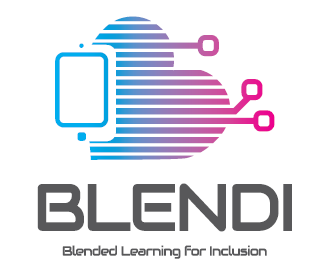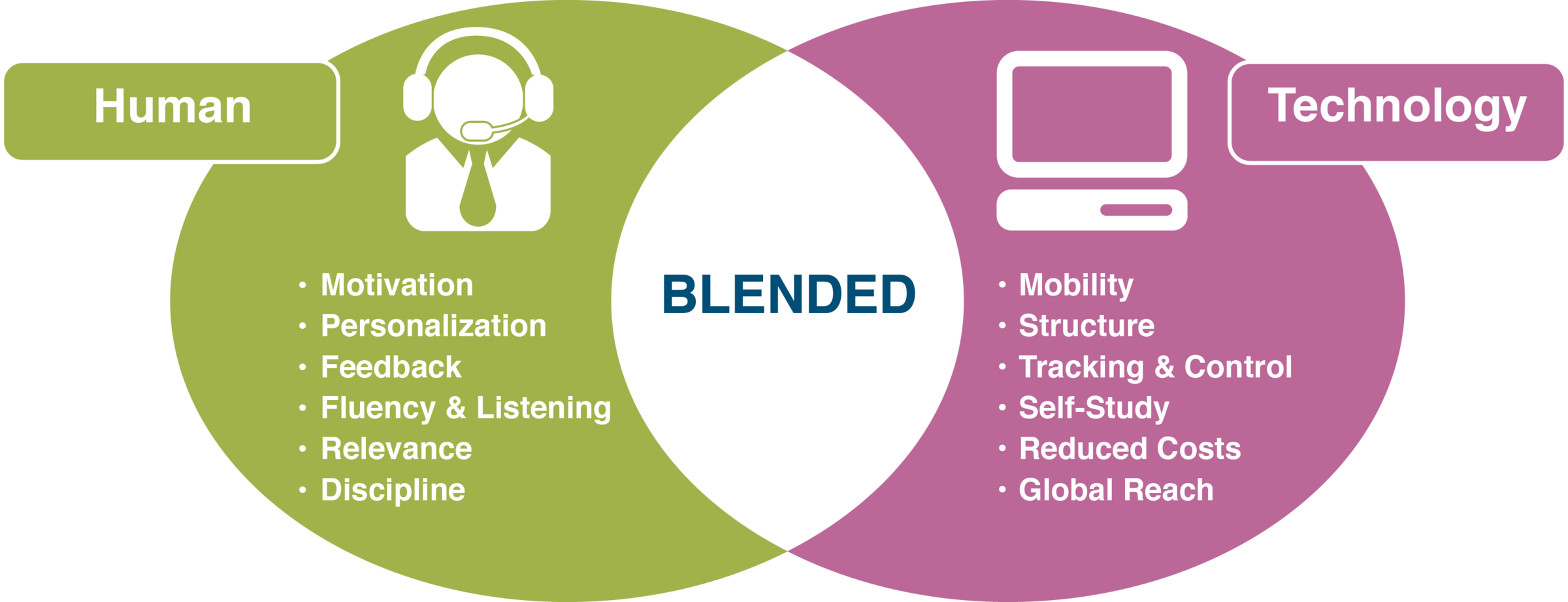Blendi Project
Students from disadvantaged and/or migrant backgrounds have fewer opportunities in accessing
digital technologies (first level of digital divide) and in the ways they use these technologies (second
level of digital divide). In turn, this situation leads to students’ less participation in several aspects of
society such as economic, social, political, cultural, spatial and institutional (van Dijk,2012).
Especially by taking into account the online-offline blend of our society it is suggested that blended
learning can help students to develop their digital skills. However, students need help from digitally
competent teachers in using DT. According to the European Commission’s Action Plan for digital
education, EU needs more digitally competent educators. Having digitally competent educators
means that teachers are required to develop their digital skills but, at the same time, to revise their
pedagogy (OECD,2016b). In this era, revising their pedagogy is related to being able to use digital
technologies for including all children in the learning process, particularly those coming from
disadvantaged backgrounds. Thus, the aim of the project is to empower educators in using blended
learning in schools, in an attempt to deal with the social and educational exclusion of students from
disadvantaged backgrounds.
The project has been designed for addressing specific national and European needs, regarding the
project’s target groups, namely students and teachers, as follows:
– To develop an innovative practical digital toolkit and a blended training course that will help
teachers in using blended learning in schools based on the principles of inclusive education.
– To foster the digital skills of teachers based on the European Framework for the Digital
Competence of Educators
– To empower students in expressing their views about their learning in a digital pedagogical context,
enhancing in this way the collaboration between teachers and students in digital environments.
– To contribute to the effective and permanent inclusion of all students, supporting their right for
education, equality and self-realization.
Regarding the target groups, at least 75 primary and secondary school teachers will participate into
the project’s activities. Approximately 1300 students (including students from disadvantaged,
migrant backgrounds, students with educational difficulties) will participate into the project’s
activities.
The BLENDI approach involves a combination of the BLENDI platform, the BLENDI toolkit, a
blended training course for teachers, guidelines for creating dialectical-synergic blended lessons
plans (co-creation of lesson plans between teachers and students) and the creation of such lessons
plans. Teachers will be trained in using the BLENDI approach which focuses on the use of blended
learning in schools based on logic of inclusion while students will be supported in decision-making
regarding their learning process in digital educational contexts.
The results of the project include: BLENDI methodological guidelines, BLENDI platform and toolkit,
BLENDI curriculum and blended training course for teachers, the dialogical-synergic blended lesson
plans, and the BLENDI set of standards. These results are bound to have an impact on the further
implementation of practices towards inclusive education for all students in Europe, especially those
coming from disadvantaged backgrounds.
WEBSITE
You may find further information on our Erasmus+ Project here: www.blendedinclusion.eu




